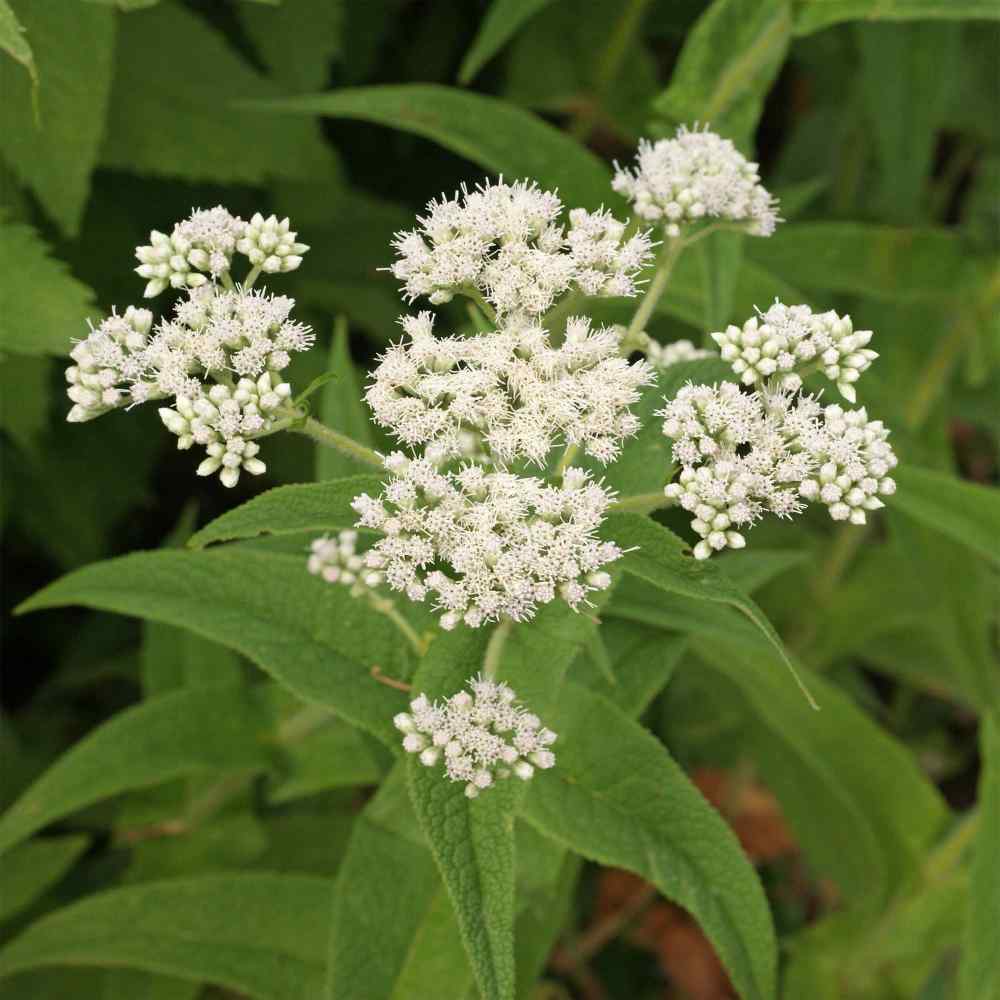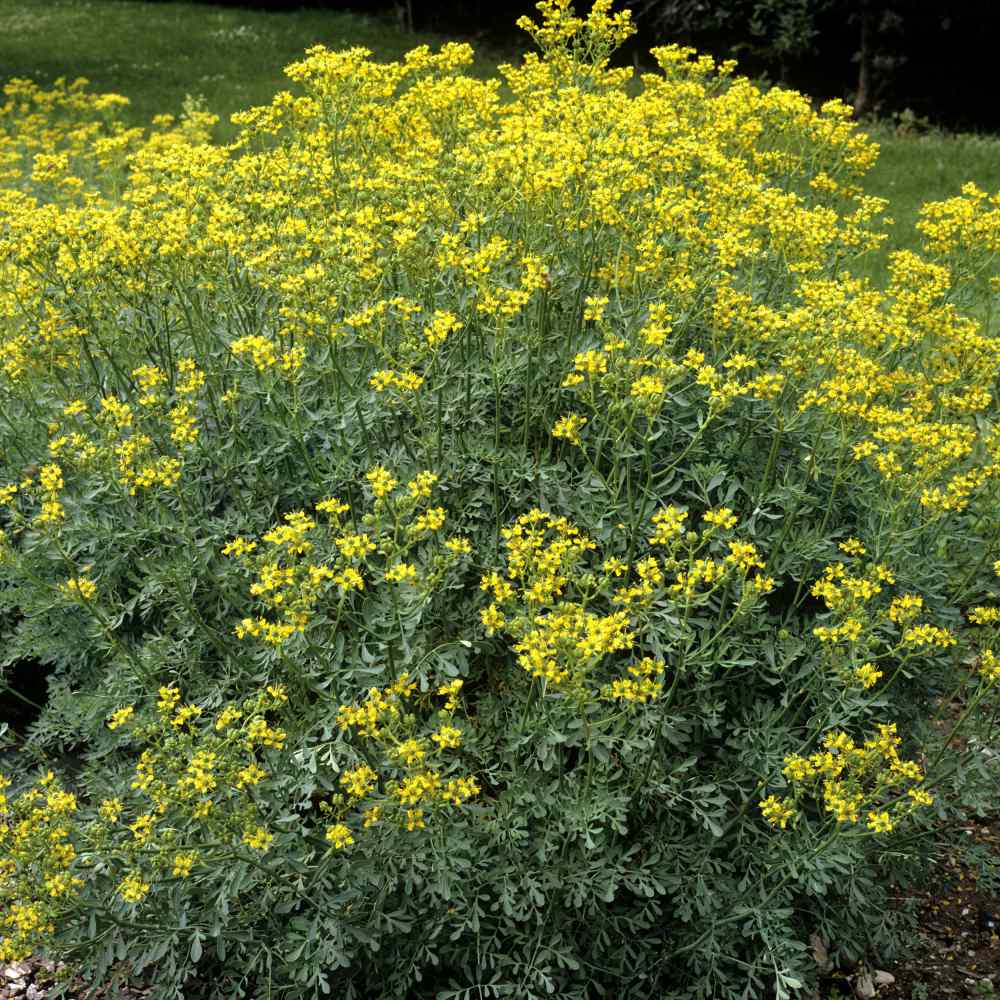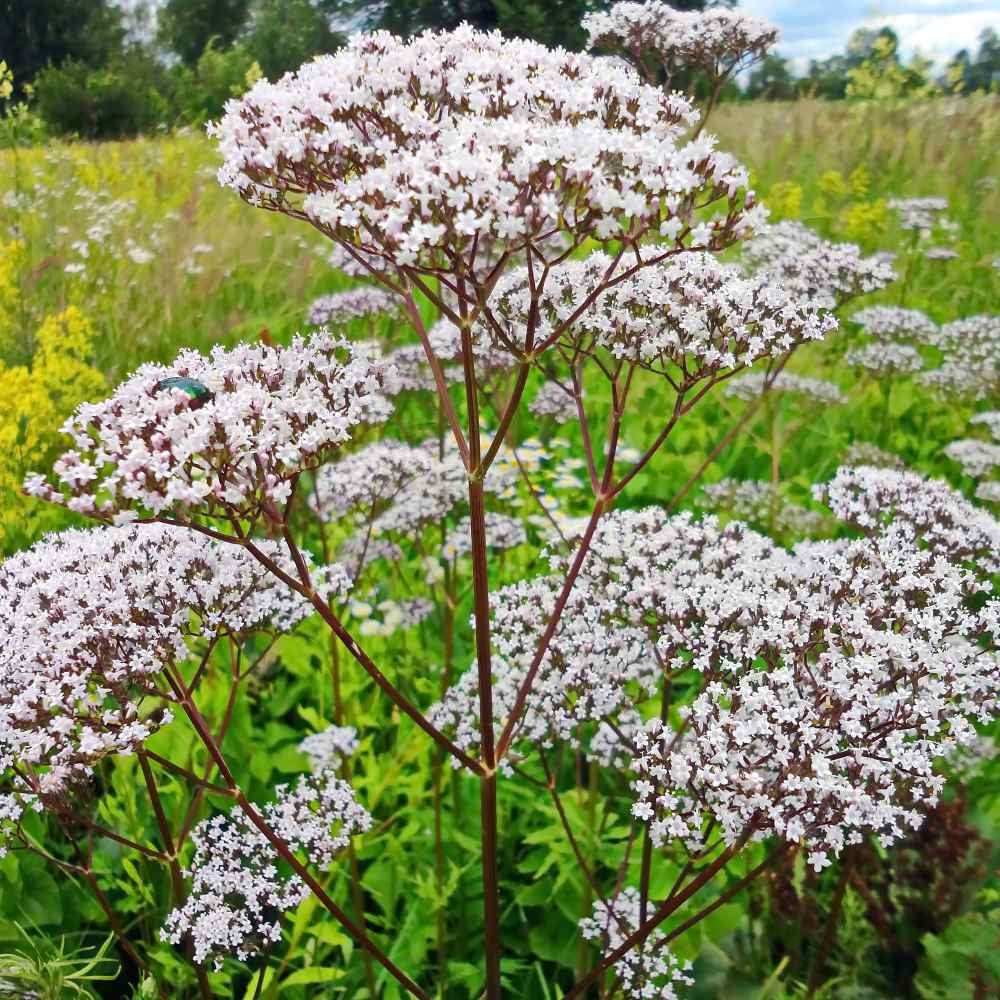
Eupatorium Planting and Care Guide
Quick Facts About Eupatorium
Eupatorium is a perennial wildflower native to North America. It blooms late, and prefers naturally moist soil. Eupatorium is useful for attracting pollinators.
Planting Time
Eupatorium can be started directly outdoors in the late fall. If a cold stratification is performed first, the seeds can then be planted indoors 8 weeks before the last expected frost, or outdoors in the spring after all frost danger has passed.

Planting Location
Grow Eupatorium in an area of full sun or partial shade in rich soil that drains well.
How to Grow Eupatorium
- Eupatorium seeds require a cold stratification treatment in order to germinate. This can be done naturally by sowing the seeds outdoors in late fall, allowing winter to prepare the seeds for spring germination. This can also be performed manually by mixing the seeds with soil in a plastic bag and placing it in the fridge for 1-2 months.
- If starting indoors, sow seeds into trays or small pots filled with a quality seed starter mix.
- If sowing directly outdoors, first prepare a seedbed by removing weeds and breaking up soil.
- Surface sow 4 seeds per plant, then press into soil. Light is needed for germination.
- Keep seeds moist until germination. Under proper conditions (and after stratification), Eupatorium Perfoliatum (Boneset) should germinate in 1-3 weeks, and Eupatorium Joe Pyeweed should germinate in 4-6 weeks.
- Once indoor seedlings have a few sets of true leaves, thin to the strongest seedling and transplant outdoors about 2 feet apart, or into larger containers.
- Before transplanting seedlings into the garden, it's essential to "harden them off". This involves acclimating young plants to outdoor conditions by placing them in a sheltered outdoor area for about a week. Initially, shield them from strong winds and direct sunlight. If there's a risk of frost overnight, either cover the plants or bring them indoors, then return them outside in the morning. This hardening off method helps strengthen the plant's cell structure, minimizing transplant shock and sun damage.

Care And Maintenance
- Keep weeds under control during the growing season. Weeds compete with plants for water, space and nutrients, so control them by either cultivating often or use a mulch to prevent their seeds from germinating.
- Mulches play a vital role in preserving soil moisture and ensuring consistent soil temperatures. When it comes to annuals, using organic mulch made from shredded leaves not only enhances the appearance of the bed but also enriches the soil as it decomposes over time. Remember to keep mulch away from the plant stems to avoid potential rot issues.
- Eupatorium is mildly drought-tolerant, and the soil shouldn't be allowed to dry out for more than a few days. This plant thrives when the soil is kept consistently moist.
- Fertilization is unnecessary if soil is well-amended. If soil is poor, apply a balanced slow-release fertilizer once the growing season begins.
- This plant goes dormant once cold weather arrives, at which point the dead foliage should be cut back to around 4-8 inches in height.




































